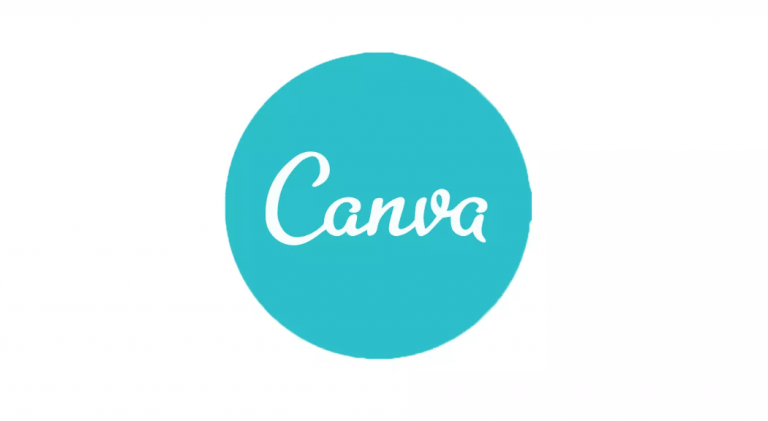Table Of Content
- Step 6: Add buttons to your website design
- What are the Main Features of Canva's Website Builder That Separate it From Competitors?
- Related Templates
- Content Pit Review: Is it Possible to Find Fast, Inexpensive, and High Quality Content?
- Select Website Option
- Step 10: Head to the “Colors” tab in the Styles gallery to select a color scheme
- Simple Drag and Drop Editor
- Publish to the Web (For Free)

You can also just click the font style name if you only have added one font style for your brand kit. Then, select the “Shuffle” button for you to easily see the different colors on your website design. If you can’t find the “Colors” tab, then just choose the color palette you want to use for your website. But, with the recent updates, you simply choose what kind of domain you’ll publish and enter in the “Your URL” field the website name. If you’re planning to share the link to your website, just head to the address bar and copy the link indicated. Do a thorough review of the website, including checking the functionality of the clickable buttons you added.
Step 6: Add buttons to your website design
Paste the website URL in the box provided before selecting the “Apply” button to finalize the linking. To achieve this feat, you first need to head back to the website you want to link with the one you’re creating. To add clickable buttons, head to the Elements tab first and search for one using the search bar function.

What are the Main Features of Canva's Website Builder That Separate it From Competitors?
Canva Websites is an easy-to-use website design tool that offers thousands of free templates, layouts, and customization options. Canva is a popular graphic design tool that is simple to use for creating social media posts, website graphics, Pinterest pins, logos, videos, posters, and more. But recently, it's expanded its offerings to include the ability to create Canva websites. Elliot Sterling is a graphic designer who is passionate about web, print, and publishing. This is his portfolio website — it’s solid enough to feature in our graphic designer portfolio site collection. Canva offers a free plan that has plenty of features to get you started.
Related Templates
Changing one’s website favicon and site description is another major update added to the personalization features. When you click the “Publish as Website” button, the Canva-designed website will have a lengthy URL to it. You can even check if the QR codes you created in Canva work (in case you added one instead of hyperlinking).
Content Pit Review: Is it Possible to Find Fast, Inexpensive, and High Quality Content?
You can't create multiple pages (yet), but rather it allows you to have multiple page sections in a long scrollable format. You can add a navigation that allows you to have anchor links to different sections of your page. Because of its simple features and easy-to-use interface, there is almost no barrier to entry and a very low learning curve. It's easy to navigate around the main sections of the interface to find what you need and the familiar document/text editor layout will be familiar to anyone that's used Microsoft Word. Canva's powerful, drag-and-drop, responsive website builder is super easy to use and totally free to publish a live website!
Purchase a paid Site plan to publish, host, and unlock additional features. The easy-to-use blog editing features are ideal for those new to website design. It also has advanced features to help you get traffic and sales, such as sales funnels, online courses, email marketing, analytics, and multiple integrations. You just need to select a template or layout and then click on each section to add your own logo, branding, and personal information.
Step 10: Head to the “Colors” tab in the Styles gallery to select a color scheme
Canva vs. Figma: What's the Best Program for Designers? - MUO - MakeUseOf
Canva vs. Figma: What's the Best Program for Designers?.
Posted: Sat, 25 Jun 2022 07:00:00 GMT [source]
While Canva websites are easy to use, the lack of advanced features and SEO capabilities may put some established businesses off. The template I chose had 7 pages, but if you need more pages, simply click on the + section to add another page. Next, I clicked on ''Apply all 7 pages,'' which adds the pages into the editor. While some templates are free to use, you will see the ''Pro'' tag in the corner of multiple templates, which means you'll have to upgrade to a paid account to use those. Make sure you get everything just right before you hit the publish button. Using the editor, you can click on images and text blocks and drag them around the page, switch them out for something else, or drag the corners to resize them.
Simple Drag and Drop Editor
Then, select the Open website button to have a preview of your Canva-designed website. Then, click the Fonts tab and select the font style combinations you want to use. Select the Apply to all pages option so that font style will be used for all the text on your design.
Publish to the Web (For Free)
Embarking on the journey of website creation can often seem daunting, especially if you’re new to the world of digital design. Our comprehensive FAQ section is meticulously designed to guide beginners through the process of creating beautiful, functional websites using Canva. Whether you’re a small business owner, a freelancer, a blogger, or simply someone with a story to tell, this guide is your stepping stone to realizing your digital dreams.
This step is important especially if you’re using a pre-made template as the name of the file will appear as your website’s name. But, changing the font style of the text on your website design can be quite tedious to do individually. These buttons will help guide your audience to navigate your design, as well as learn more about what your website has to offer. Once you’re done, click the Page Manager button again to exit the grid view. If you don’t like some parts of the template, you can delete those pages by clicking the Delete button found in the upper right corner of the current page.
If you want to add a main, top navigation to your site that uses anchor links to scroll to different sections of your page, you can do that by Adding a Page Title to your section. To do this you'll need to navigate to the page section and click on the little pencil icon that opens a panel where you can add your Page title and notes or a description if needed. Once all of your sections are titled, you can select 'Add Navigation' from the Publish Mode Menu. Amazingly enough, you can get quite far on Canva's free plan, but to unlock some of the more pro features and professional graphics, you'll need to upgrade to the affordable Pro account. It's also great if you want to create sales or squeeze pages for individual products or services. It does lack some of the button hover actions and other interactions that you might expect from a more powerful site builder, but you can add basic buttons and links.
If you prefer a plain color, just click on the background of the canvas and select the color picker tile in the editor toolbar. You’ll then be able to choose from Default colors or add Custom hues. First, search for a website template by using the search bar function on Canva’s home page. Then, start customizing by adding elements, editing the text, and embedding videos, links, and audio. Possibly one of the coolest things about Canva's website builder is that it is a hosted solution.
Click on a website template you’ll use so you’ll be redirected to the editor page. Canva’s got the perfect solution for this dilemma that even newbies can enjoy creating one. It makes the process of creating your pages much quicker and will ensure that everything across your projects have a consistent look and feel. Two of their hidden features include the ability to add a video as a background to any of your page sections to give it a very impressive, high-end feel. But beware, the learning curve on each of those alternatives is very high compared to the simplicity of Canva. As far as website builders go, this is on the simpler, stripped-down end of the spectrum.
Then, in the right-side panel that appears, select the Embed button and paste the link you copied earlier in the box provided. Copy the embed link of that particular footage then, head back to the editor page and select the “More” tab. Repeat this step until all your clickable buttons have links attached to them.






